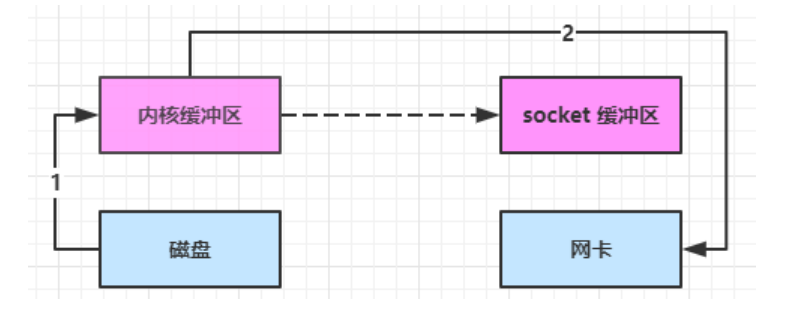ChannelPipeline为ChannelHandler链提供了容器,并且定义了该链上的入站和出站事件。当initChannel()被调用时,ChannelInitializer将在ChannelPipeline中安装一组自定义的ChannelHandler。他们的执行顺序就是添加顺序。
Server
public class Server {private static final Logger logger = LoggerFactory.getLogger(Server.class);public static void main(String[] args) {//创建一个独立的EventLoopGroupDefaultEventLoopGroup group = new DefaultEventLoopGroup();new ServerBootstrap().group(new NioEventLoopGroup(),new NioEventLoopGroup(2)).channel(NioServerSocketChannel.class).childHandler(new ChannelInitializer<NioSocketChannel>() {@Overrideprotected void initChannel(NioSocketChannel ch) throws Exception {ch.pipeline().addLast("h1",new ChannelInboundHandlerAdapter() {@Overridepublic void channelRead(ChannelHandlerContext ctx, Object msg) throws Exception {logger.info("h1");super.channelRead(ctx,msg);}}).addLast("h2",new ChannelInboundHandlerAdapter() {@Overridepublic void channelRead(ChannelHandlerContext ctx, Object msg) throws Exception {logger.info("h2");super.channelRead(ctx,msg);}}).addLast("h3",new ChannelInboundHandlerAdapter() {@Overridepublic void channelRead(ChannelHandlerContext ctx, Object msg) throws Exception {logger.info("h3");super.channelRead(ctx,msg);ch.writeAndFlush(ctx.alloc().buffer().writeBytes("server".getBytes()));}}).addLast("h4",new ChannelOutboundHandlerAdapter() {@Overridepublic void write(ChannelHandlerContext ctx, Object msg, ChannelPromise promise) throws Exception {logger.info("h4");super.write(ctx, msg, promise);}}).addLast("h5",new ChannelOutboundHandlerAdapter() {@Overridepublic void write(ChannelHandlerContext ctx, Object msg, ChannelPromise promise) throws Exception {logger.info("h5");super.write(ctx, msg, promise);}}).addLast("h6",new ChannelOutboundHandlerAdapter() {@Overridepublic void write(ChannelHandlerContext ctx, Object msg, ChannelPromise promise) throws Exception {logger.info("h6");super.write(ctx, msg, promise);}});}}).bind(8080);}
}
控制台
注意入站和出站的顺序!




















